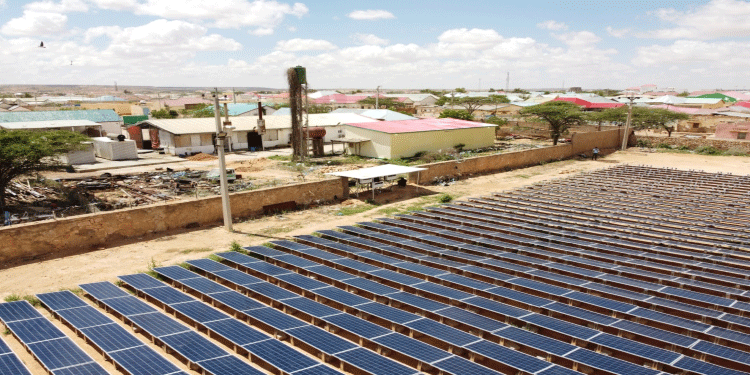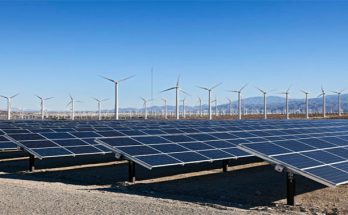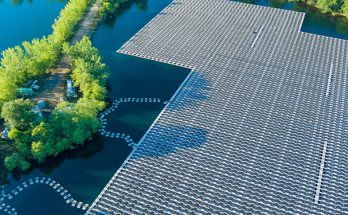 The African Development Fund (ADF), the concessional lending arm of the African Development Bank (AfDB) Group, is providing a $27.39 million grant to Ghana. The funding will support rural electrification through green mini-grids and stand-alone solar systems.
The African Development Fund (ADF), the concessional lending arm of the African Development Bank (AfDB) Group, is providing a $27.39 million grant to Ghana. The funding will support rural electrification through green mini-grids and stand-alone solar systems.
With an electricity access rate of 73 per cent in rural areas according to Power Africa, the government of Ghana wants to continue its efforts by focusing on solar PV energy and its decentralized systems. This is the framework for the Solar PV Mini Grid and Net Metering Project, which is being funded by the African Development Fund (ADF) to the tune of $27.39 million.
The grant from the African Development Bank (AfDB) Group’s concessional financing arm will support the project’s implementation in rural areas. The Ghanaian authorities plan to install 35 solar PV powered mini-grids, and to build stand-alone solar systems in 400 schools, 200 health centers and 100 community energy service systems in the Lake Volta Region and the Northern Region.
Solar Energy Financing For Smes
The Ghanaian government’s electrification project also includes the installation of 12,000 rooftop solar PV systems for small and medium-sized enterprises (SMEs). All of the centralized and decentralized solar systems will have battery storage systems. This is a major solar electrification project that is supported by other financial partners, including the Climate Investment Fund (CIF), of which the AfDB is an executing agency.
The CIF is co-financing the project under its Renewable Energy Scale-Up Program (SREP) aimed at scaling up the deployment of renewable energy solutions and developing renewable energy markets in developing countries. SREP is already benefiting Ethiopia, Mali, Kenya, and now Ghana. The West African country will receive $28.49 million to implement its solar off-grid electrification project.
The solar PV mini-grid and net metering project is also being co-financed with $13.30 million from the Swiss State Secretariat for Economic Affairs. According to Ghanaian government estimates, the project is expected to produce 111,361 MWh annually, corresponding to an installed capacity of 67.5 MW. The future facility is also expected to reduce greenhouse gas emissions by 0.779 5 million tons of CO2 equivalent per year and create up to 2,865 jobs during construction, 30% of which will be for women and youth.



